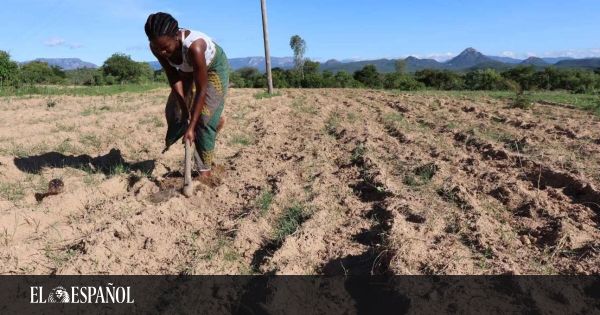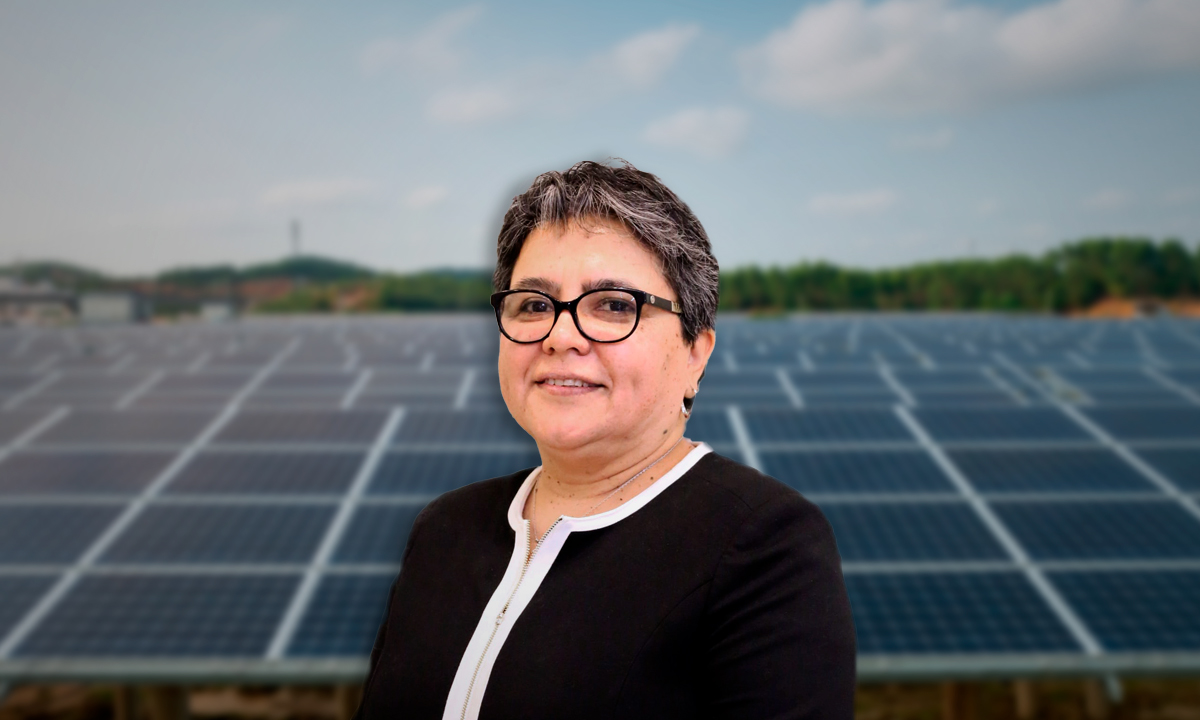It will affect 118 million people in 2030

Related news
melting The last glaciers of East Africa It could undermine efforts to reduce extreme poverty as 118 million people could find themselves on the continent in 2030, according to a report by the World Meteorological Organization (WMO). The document warns that the number of people living on less than $1.90 a day will be exposed to drought, flooding and extreme heat if immediate response measures are not taken.
while viewing Report on the state of the climate in Africa in 2020WMO Secretary-General Petteri Taalas warned of this ‘Rapid’ decline in recent glaciers in East Africawhich is expected to dissolve completely in the near future, threatens to bring about imminent and irreversible change in the system” and may lead to increased food insecurity, poverty and displacement in Africa.
This melting in African glaciers, according to the World Meteorological Organization would be an “extra burden” Commissioner for Rural Economy and Agriculture of the African Union Commission, Josefa Lionel Correia Sako, says of the poverty alleviation initiatives, it will “significantly impede the growth of prosperity”.
The multidisciplinary study warns that changes in precipitation composition, increased temperatures and increased extreme weather conditions have contributed to the increase Food insecurity, poverty and displacement in Africa in 2020, exacerbating the social, economic and health crisis caused by the COVID-19 pandemic.
The study currently indicates that only three mountains in Africa are covered by glaciers. This is the massif of Mount Kenya (Kenya), the Rwenzori Mountains (Uganda) and Mount Kilimanjaro (United Republic of Tanzania).
Although these glaciers are too small to play an important role as reservoirs of water, they are of great tourist and scientific importance, but their current rates of retreat are higher than the world average and if they continue to do so, Total decline will occur in the forties, 10 years ago in Mount Kenya, which would become one of the first complete mountain ranges to lose glaciers as a result of climate change due to human activity.
Document details Trends and impacts of climate change on the continent, such as sea level rise and the continent’s famous melting glaciers highlight Africa’s disproportionate vulnerability and show how the potential benefits of investments in climate adaptation, weather and climate services, and early warning systems far outweigh the costs.
On the other hand, it shows the potential benefits of investments in climate adaptation, weather and climate services and early warning systems that far outweigh the costs.
For Taalas, along with recovery after COVID-19, improving climate resilience is An ‘urgent and persistent’ need It urges investments, especially necessary, in capacity development and technology transfer, as well as in improving countries’ early warning systems, including weather, water and climate monitoring systems.”
The report is the result of the collaboration of WMO, the African Union Commission, and the Economic Commission for Africa (ECA) through the African Center for Climate Policy, international and regional scientific organizations, and United Nations agencies.
Africa is heating up faster
The State of Climate in Africa 2020 is presented in the context of the Extraordinary Meeting of the World Meteorological Conference and prior to the United Nations climate change negotiations at the twenty-sixth session of the Conference of the Parties (COP26) starting on 1 November.
This new study Urges reduction of global emissions greenhouse gas emissions, increasing the level of climate ambition and increasing funding for adaptation.
Lionel Correa denounced that Africa is experiencing an increase in meteorological and climatic variability, causing disasters and disruptions to economic, ecological and social systems. In fact, it is estimated that climate change in sub-Saharan Africa could cause GDP to fall by as much as 3 percent by 2050.
“Not only are the material conditions worsening, but the number of people affected is also increasing,” he laments.
The new report concludes that Africa is warming at a higher rate indicates the global average temperature of the total land and ocean surface and that 2020 was between the third and eighth year in terms of temperatures because there are records on the continent, depending on the data set used.
specific, Sea level rise rates are higher To the global average on the tropical coast, the South Atlantic and the Indian Ocean coast: by 3.6 mm / year and 4.1 mm / year, respectively, compared to sea level on the coasts of the Mediterranean, which rises to 2.9 mm / year , a value lower than the global average.
Regarding precipitation, note that higher than normal and with flooding In the Sahel, in the Rift Valley, in the Nile Basin, in Northeast Africa, as well as in the Kalahari Basin and in the lower reaches of the Congo River. Faced with this, drought prevailed on the northern coast of the Gulf of Guinea, in northwestern Africa and along the southeastern part of the continent. For its part, the drought in Madagascar has caused a humanitarian crisis.
Finally, a WMO report estimates that adaptation costs in sub-Saharan Africa are Between 30,000 and 50,000 million dollars annually Over the next decade to avoid rising costs in the event of a disaster.
Follow the topics that interest you

“Award-winning zombie scholar. Music practitioner. Food expert. Troublemaker.”









